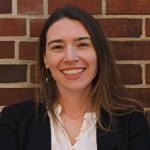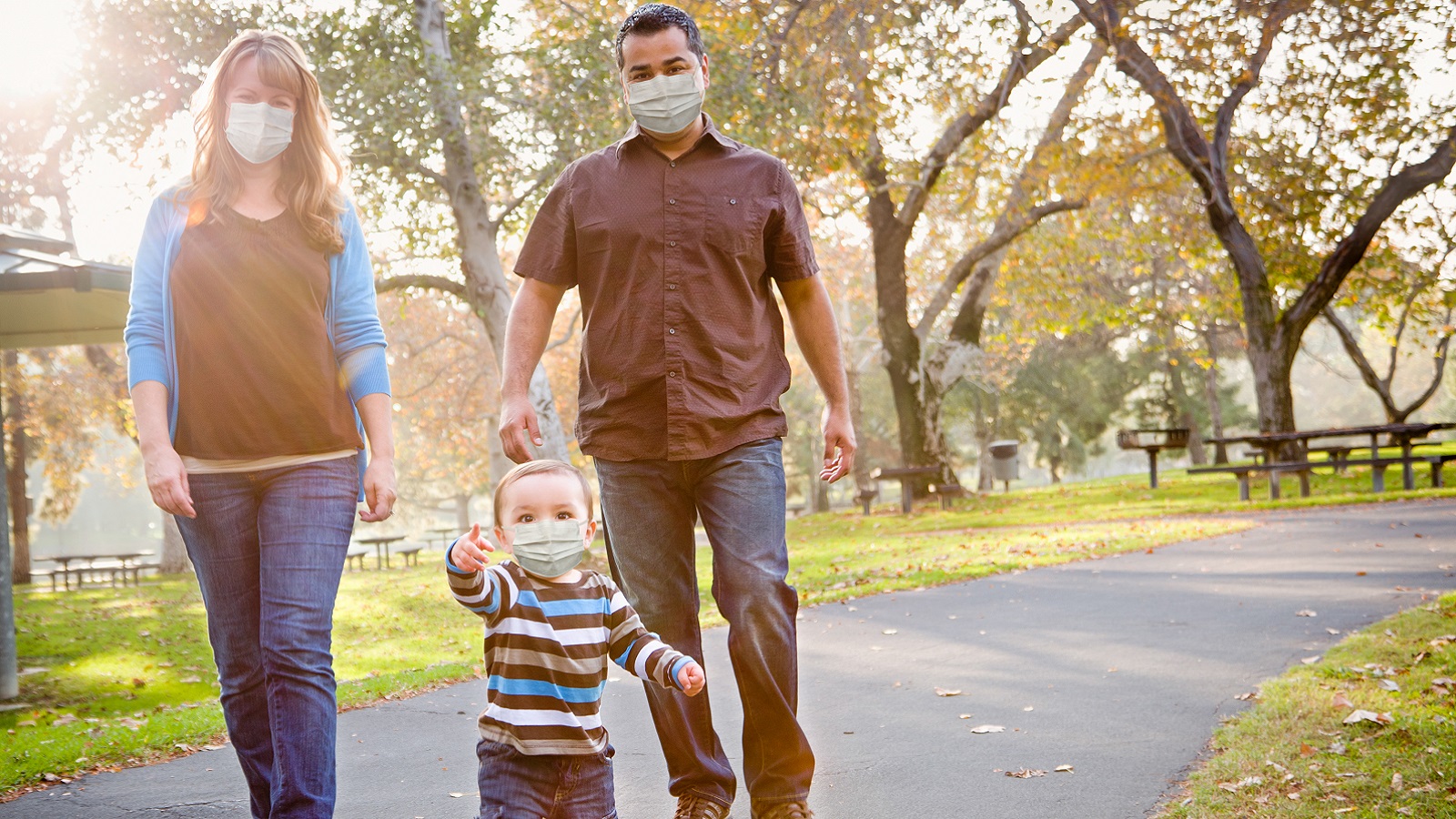Throughout the last two years, the COVID-19 pandemic has magnified many existing inequities in health care and throughout society. CommunityHealth, a free health clinic in Chicago, saw its patients face these inequities firsthand. CommunityHealth patients are uninsured and have been disproportionately impacted by job loss, loss of income, and food insecurity, amongst the many additional health threats of being uninsured.
Nearly 11% of Cook County, Illinois, residents are currently living without health insurance because of job loss, no access through an employer, high costs, and/or immigration status. For these individuals, living without health insurance means they are less likely than their insured neighbors to access even basic, or preventive, health care.
While some patients come to CommunityHealth after losing access to insurance, many patients have previously never received regular, comprehensive health care. In fact, when patients were asked where they would go for health care without CommunityHealth, 18% reported they would go without care, and 53% reported that they don’t know where they would go.
Patients at CommunityHealth have access to primary care, over 20 specialty services (e.g., cardiology), dental care, free medications, lab services, health education, telehealth, Spanish and Polish interpreters, and referrals for services that are beyond the scope of on-site care—all at no cost to the patients. Despite access to comprehensive services at the clinic, CommunityHealth recognizes there remain inequities that can make accessing that care difficult.
While the COVID-19 pandemic created many challenges for free clinics like CommunityHealth, it also presented new urgency and opportunities to evolve programming in ways that allow free and charitable clinics to further reduce and address obstacles to care.
Assessing current patients’ needs
Patients access care at CommunityHealth’s clinic (in the West Town neighborhood) from all of Chicago’s zip codes and as far as Northwest Indiana. While the clinic is a central location for the city overall, CommunityHealth noticed a growing number of patients coming from the Belmont Cragin neighborhood, a predominantly Latino neighborhood on the west side of Chicago.
Most of the patients from Belmont Cragin have low incomes, do not qualify for Medicaid due to immigration status, and speak Spanish as their first language. For these patients, CommunityHealth is their best option for health care, though commuting to the clinic from Belmont Cragin requires three buses each way, making accessing care burdensome. In addition to transportation issues, patients face the financial hardship of taking extended time off work to come to the clinic.
Further research into Belmont Cragin found that 16% of the neighborhood is uninsured (compared to 9% of the city overall) and 33% do not have a primary care provider (compared to 20% of the city overall).
A new health care access point
CommunityHealth knew it was providing quality care at its clinic but also knew it could do more to eliminate barriers to care for patients and make health care more equitable. To address this, CommunityHealth opened a telehealth micro-site in a social service center in Belmont Cragin that serves many individuals who lack access to care.
At the new site, patients often travel only a few blocks to access an assisted virtual visit in a state-of-the-art telehealth room, have their vitals taken, labs drawn, and pick up prescriptions (filled at the onsite pharmacy in West Town and delivered to Belmont Cragin). Their volunteer medical provider could be at the main health center in West Town, at the hospital where they work, or even in their own home for the visit. Because of this partnership and co-location with an existing social service provider, patients also have easy access to other supportive services, such as a food pantry, childcare, and ESL (English as a second language) classes.
Like many clinics at the start of the COVID-19 pandemic, CommunityHealth recognized that telehealth has the potential to increase access to care. However, telehealth is still out of reach for many due to not having a device or reliable internet. This micro-site blends the innovation of telehealth while addressing equity in technology. While the micro-site is small, it connects patients to a larger clinic and referrals to needed specialty care.
The future of health care access
CommunityHealth’s telehealth micro-site is resulting in positive outcomes. For example, the no-show rate for appointments at this site is 3%, compared to the national no-show rate of 18%; for federally qualified health centers (FQHCs), the national no-show rate is approximately 30%. Low no-show rates mean that patients have more touchpoints with their medical providers, receive needed preventive care, ultimately resulting in better health outcomes.
While the telehealth micro-site is the first of its kind in Illinois, it provides a template for meeting patients where they are. For CommunityHealth, it’s just the beginning. We plan to open an additional site in another underserved neighborhood in Chicago in 2022, furthering access points for the uninsured to the same high-quality care that their insured neighbors access every single day.
**Feature photo obtained with standard license on Shutterstock.
Interested in other articles like this? Subscribe to our monthly newsletter
Interested in contributing to the Primary Care Review? Review our submission guidelines

Lindsay Gough, MPA, is the Foundations Relations Manager at CommunityHealth, one of America’s largest volunteer-based free health clinics. There, she tells the story of CommunityHealth and its patients and volunteers. She earned her Master of Public Administration (MPA) from DePaul University.
- Share
-
Permalink


